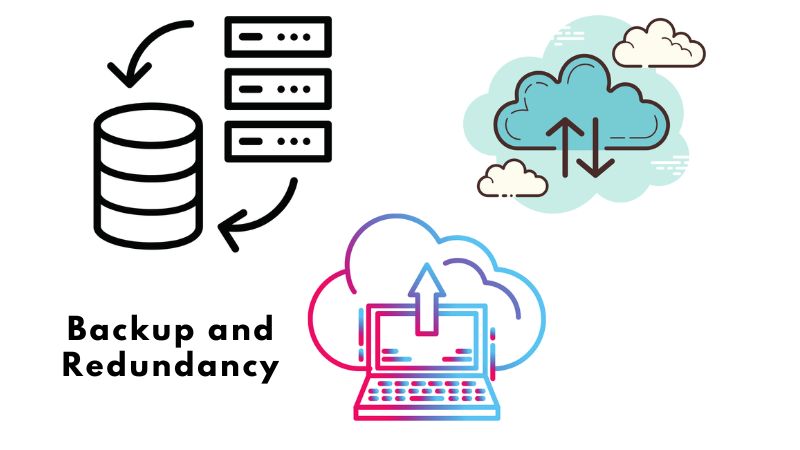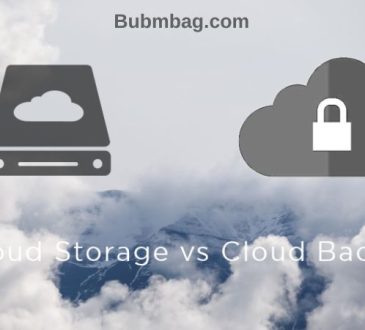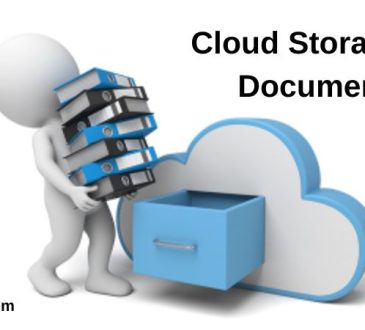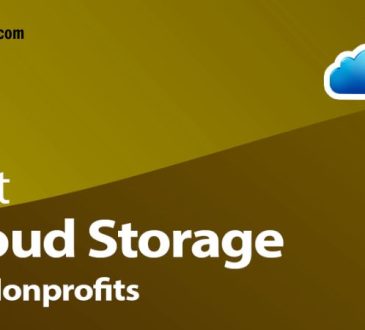How to Create Your Own Cloud Storage: A Comprehensive Guide
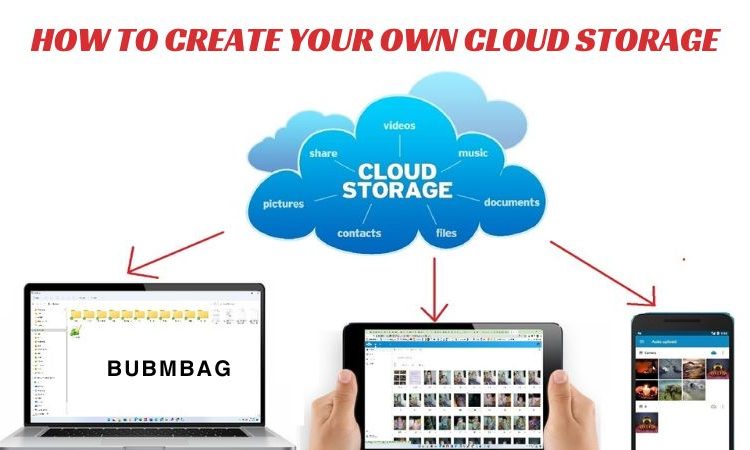
In an era characterized by burgeoning digital needs, the quest for secure, accessible storage solutions has become increasingly paramount. While commercial cloud storage services offer convenience, concerns regarding privacy and subscription costs often prompt individuals and organizations to explore alternative avenues. Thankfully, creating a bespoke cloud storage solution is well within reach, enabling you to retain mastery over your data while customizing storage capabilities to your precise specifications. In this detailed discourse, Bubmbag shall navigate through the meticulous process of how to create your own cloud storage, furnishing you with a comprehensive guide for erecting a resilient and impregnable storage system.
Contents
How to Create Your Own Cloud Storage
1. Choose Your Platform:
Embarking on your journey of how to create your own cloud storage necessitates careful consideration of the hosting platform. Whether you choose a physical server or a virtual cloud service from providers like AWS, GCP, or Azure, ensure it meets your storage and processing needs. Assess the platform’s storage capacity and processing power to ensure it aligns with your requirements. This discerning approach ensures your cloud storage solution can effectively accommodate your demands, laying a solid foundation for seamless data management and accessibility.
2. Select Your Software:
With the foundation laid, the subsequent stride involves the judicious selection of cloud storage software. Options like Nextcloud, ownCloud, Seafile, and Pydio proffer an array of robust features akin to their commercial counterparts like Dropbox or Google Drive. Ponder over these alternatives through the prism of your unique requisites, contemplating facets such as file synchronization, sharing modalities, and collaborative functionalities.
3. Install and Configure the Software:
Once you’ve selected your software, the next step is integrating it into your chosen platform. This process involves creating user accounts, setting storage quotas, configuring access controls, and activating desired features. Pay careful attention to customization options to ensure the software aligns with your specific needs and preferences. By meticulously tailoring the software to your exact specifications, you can optimize its functionality and usability, enhancing your overall cloud storage experience.
4. Set Up Security:
Security assumes paramountcy in the realm of cloud storage. Effectuate encryption protocols for data in transit and at rest, deploy robust authentication methodologies like multi-factor authentication (MFA), and ensure periodic updates to your software to forestall vulnerabilities. Additionally, contemplate the implementation of network fortifications and access constraints to fortify your data against unauthorized incursions.
5. Connect Clients:
To access your newly established cloud storage infrastructure, install client software on all your devices, spanning from computers to smartphones and tablets. Many cloud storage providers offer versatile solutions, including desktop and mobile applications, as well as web interfaces, ensuring seamless access to your files from anywhere. By utilizing this array of client software, you can effortlessly interact with your stored data regardless of your location, enhancing productivity and convenience in managing your digital assets.
6. Backup and Redundancy:
Ensure the security of your data by developing a comprehensive backup strategy. Regularly back up your data onto external storage devices or utilize cloud-based backup services. Consider implementing redundancy mechanisms such as RAID to mitigate the risk of hardware failures. Periodically test your backup and redundancy systems to confirm their effectiveness. By diligently planning and maintaining your backup strategy, you can safeguard your data against unforeseen circumstances and ensure its availability and integrity in the face of potential disruptions.
7. Monitor and Maintain:
Vigilant monitoring and assiduous maintenance are sine qua non to ensure the steadfastness and security of your cloud storage milieu. Routinely scrutinize storage utilization, performance metrics, and security logs, and expeditiously address any anomalies that arise. Conscientiously execute routine maintenance rites such as software updates and hardware diagnostics to sustain the seamless operability of your system.
8. Scale as Needed:
As the exigencies of your storage burgeon over time, be poised to scale your infrastructure commensurately. This may entail the upgrading of server hardware, augmentation of storage capacity, or migration to a more capacious cloud provider to accommodate burgeoning data volumes. Continuously evaluate your storage imperatives and calibrate your infrastructure correspondingly to ensure scalability and optimal performance.
By assiduously adhering to these stratagems, you can fashion your bespoke cloud storage solution tailored precisely to your idiosyncratic requirements and predilections. Retain dominion over your data, fortify security postures, and engender accessibility ubiquity with your meticulously crafted cloud storage infrastructure. Seize the reins of your data storage narrative today by embarking on the odyssey to craft your personal cloud storage solution.
Sum Up
In summation, the endeavor to concoct your own cloud storage solution proffers manifold advantages, encompassing heightened privacy, data autonomy, and customization flexibilities. By methodically following the intricate steps on how to create your own cloud storage delineated within this compendium, you can confidently embark on the quest to fabricate your personal cloud storage citadel. From platform selection to security bolstering and scalability stratagems, each constituent facet plays an integral role in erecting a resilient and impervious storage bastion attuned to your exigencies. Initiate the pilgrimage toward data sovereignty and omnipresent accessibility by catalyzing the creation of your personal cloud storage solution forthwith.


